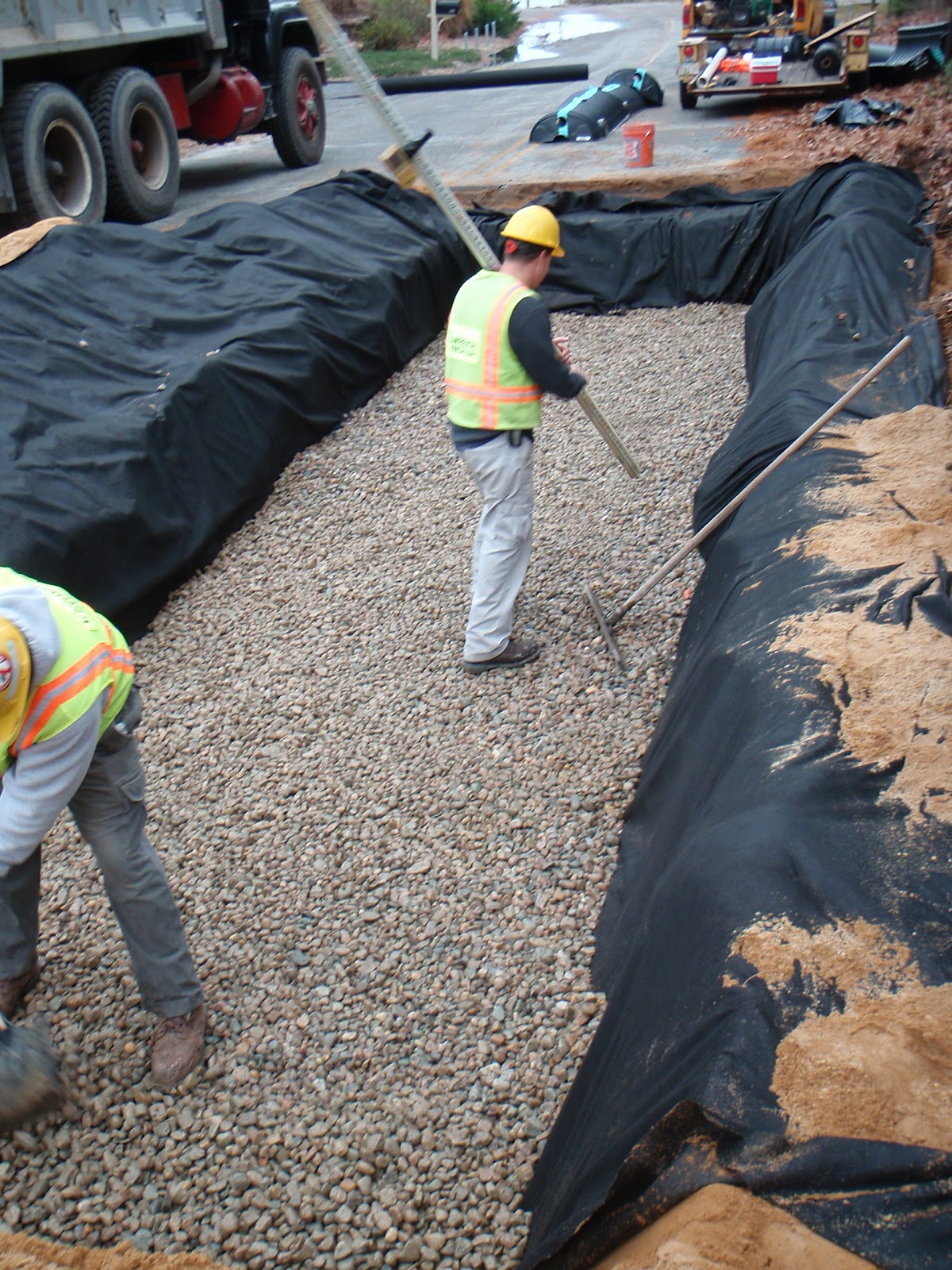Popponesset Bay
march 9, 2012
Until the Fall of 2011, stormwater ran untreated into Popponesset Bay and Nantucket Sound. That’s when seven stormwater systems were installed underneath Mashpee Neck Road in the Mashpee. Stormwater is now filtered, removing contaminants before it enters the bay. These improvements will protect 102 acres of shellfish beds!
There are many factors to consider when installing a stormwater system. First is the amount of water to be treated. These systems are designed to handle the first inch of rainfall; researchers have found that 85 percent of all contaminants are absorbed and transported in the first inch of rain.
Second is the depth to the high water table. In order for stormwater systems to be safe for drinking water, the bottom of the system must be located at least two feet above the high water table. At the Mashpee Neck Road site, the first two sites easily cleared this threshold, but sites three through seven did not. Therefore, the first two sites received a conventional system and the others received a modified system that took up less vertical space than a standard system.
The conventional systems use leaching chambers and catch basins. When stormwater rushes down Mashpee Neck Road, it enters a catch basin through a manhole. A catch basin is a large concrete holding tank where water accumulates and particulate matter settles out. Particulate matter is anything from sand and leaves to gum wrappers and popsicle sticks.
After the particulates have settled to the bottom, the clearer water on top moves into a plastic pipe which leads to a leaching chamber. The leaching chamber has many small holes in the sides that let water out slowly. As the water fills up from the bottom, it trickles out the holes into an area of sand and rock where contaminants are filtered out.
The modified systems use small plastic treatment chambers instead of the larger leaching chambers of the conventional system. Because of their smaller size, the chambers must be placed side by side over a much greater area to absorb the same level of stormwater runoff than a conventional system could. More than 1,000 of these treatment chambers were installed underneath the road!
In April more work will be done at this site. Stay tuned for details about the artificial wetland that will be built in the final phase of this project.

